I'm simulating an amplitude modulation system on Matlab and have got to filtering the demodulated system.
The original data to be sent was a 1x100 set of binary data. Which was then applied to a carrier signal, additive white Gaussian noise (AWGN) was then added to the modulated signal.
Im at the filtering stage, after demodulating the signal, and the low pass filter I'm using attenuates by half the overall amplitude of the received signal. Therefore the decision threshold between 0 or 1 has to be attenuated accordingly. How would I could about figuring this out?
I originally thought this would be 0.5, however as the added noise is completely random so this is not the case.

